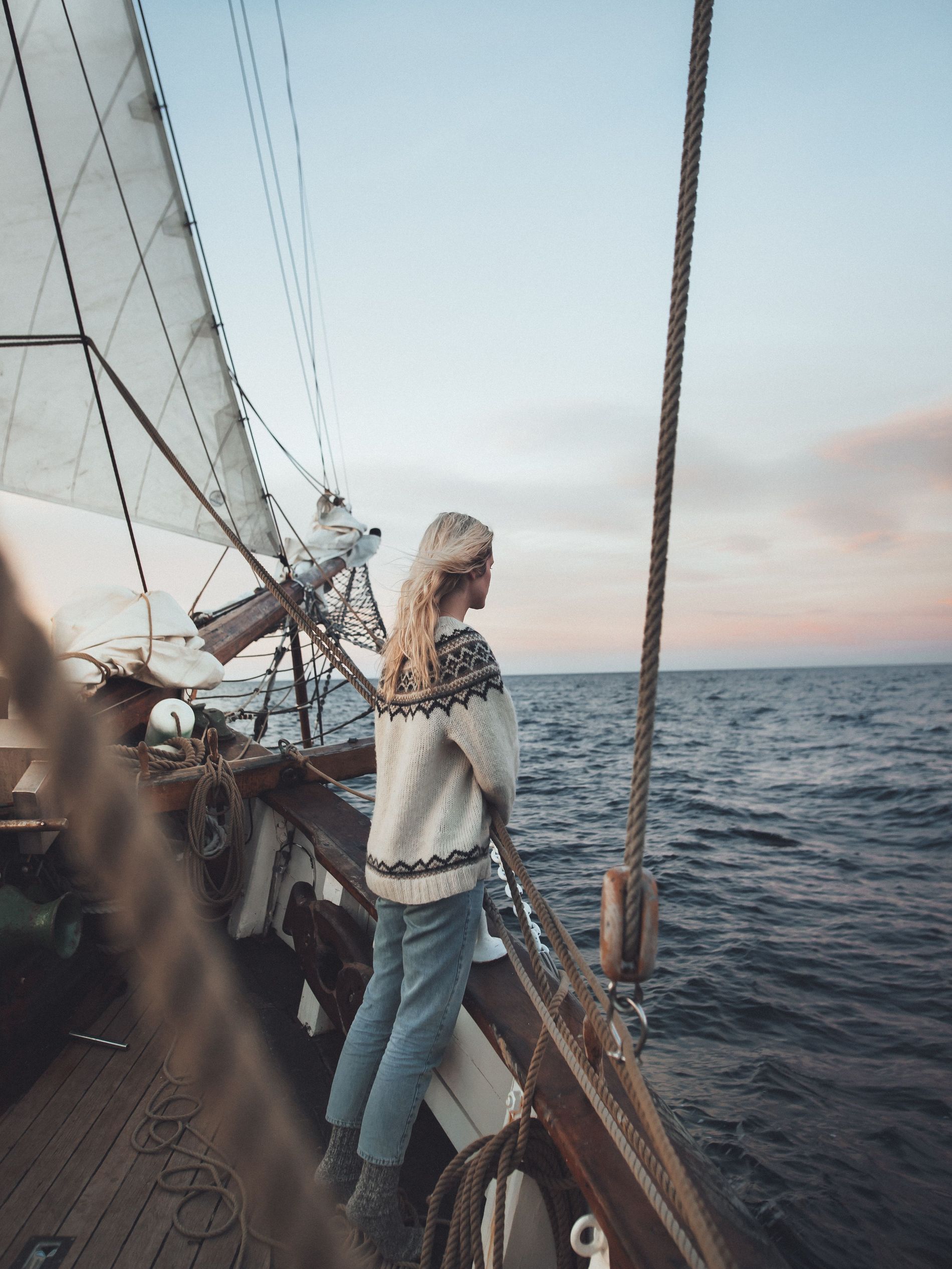Iceland's population may be small but it is home to the world‘s biggest residents
The waters around Iceland are full of life and the fish stocks are among the best in the world. It's perhaps no surprise then that Icelanders have been fishermen ever since the first Vikings arrived, and the ocean has always been important for their survival. But this also means it's a perfect feeding place for an altogether larger mammal — the biggest on the planet in fact: whales.
Visit Iceland in the summer, you are more or less guaranteed to see whales if you go out for a trip to the fjords. Sometimes they are far away and you manage to catch a glimpse of a tail fin, but if you’re really lucky, they’re playful and can come all the way up to the boat. Humpback whales are the most common but minke whales, blue whales, dolphins and even orcas are frequently spotted along the Icelandic coast.
In spring, the snow on the mountains melts, picking up rich nutrients from the land and depositing them into the oceans. This is the first important step in the life cycle of the fjords and gives rise to plankton. As plankton increases, so do populations of krill, harring and other small fish that feed on the plankton. The Icelandic fjords are extremely rich for these small fish, which attracts all sorts of whales as their feeding ground for summer.
They generally arrive in early spring and stay until late summer. During this time, a humpback whale can eat up to 2,000kg of fish in a single day. That feeding is crucial to help them on the long journey from Iceland towards the Gulf of Mexico or all the way down to Brazil for the mating season and to give birth to their calves.
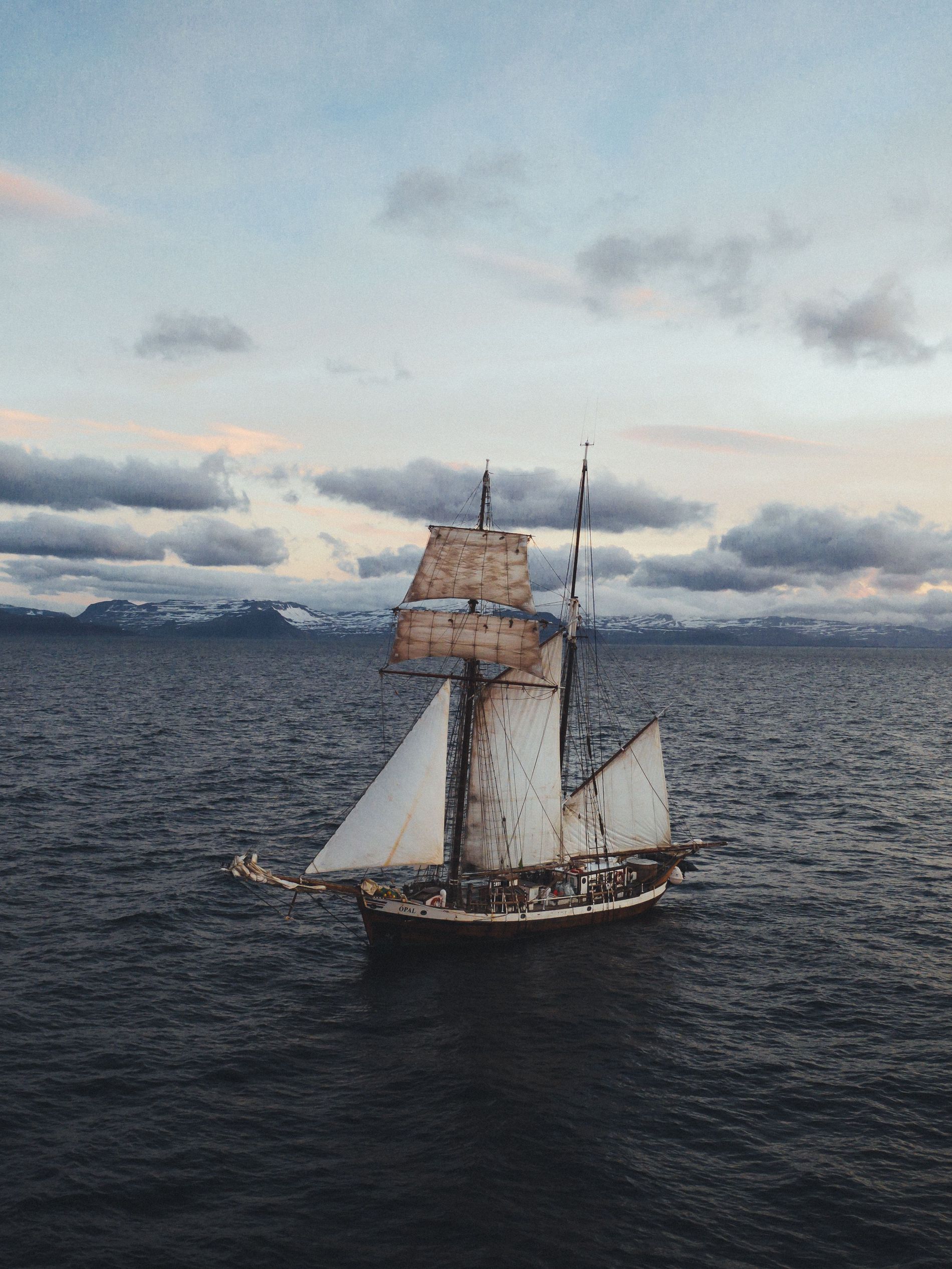
Photo: Ása Steinars
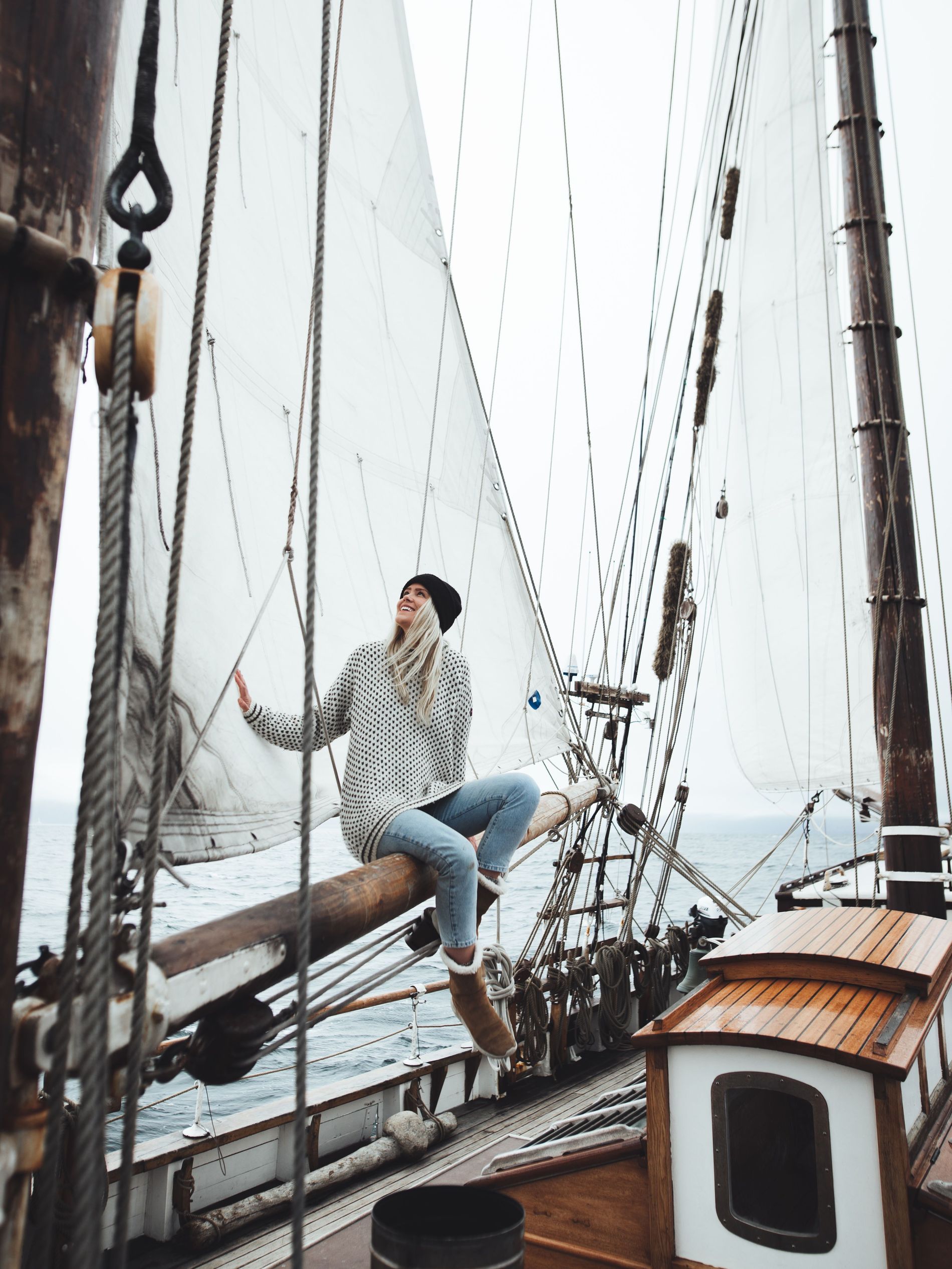
Photo: Ása Steinars
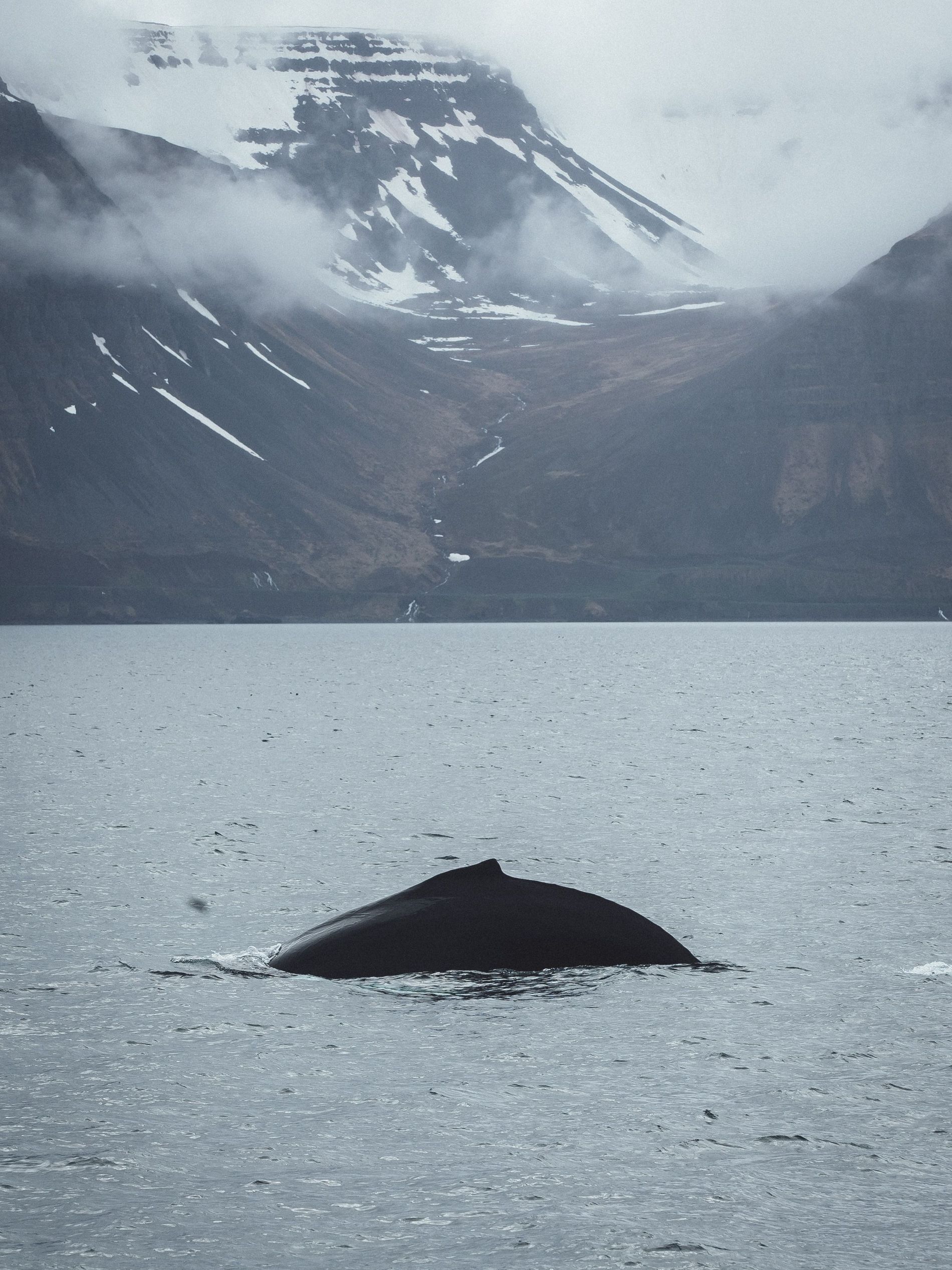
Photo: Ása Steinars
The feeding frenzy found in the fjords means whale watching can be surprisingly easy in Iceland. The fjords in the north are the often the best location for sightings of these incredible animals. Húsavík has become known as the whale watching capital of Iceland and for good reason: the region's Skjálfandi Bay is home to many whale species throughout summer and some days you can even spot them from land.
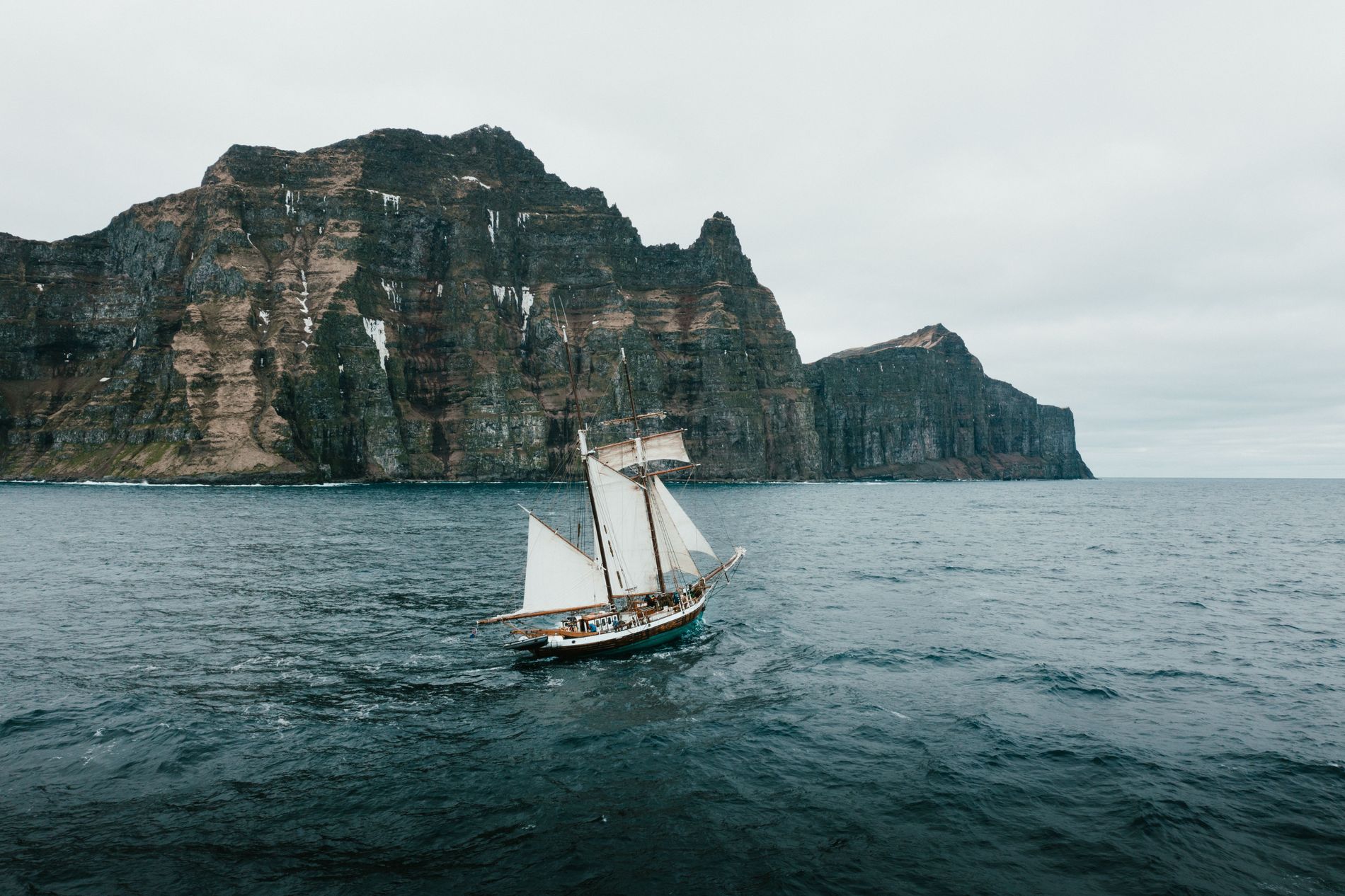
Photo: Ása Steinars
While land-based sightings are possible, the best way to see the whales is to head out with North Sailing on their old wooden Opal Schooner. It’s a double masted sailing ship that will take you to the whales either under sails or by using its electric engines. This means she’s perfectly silent and therefore doesn’t disturb the whales as much as other boats.
Whales are very sensitive animals with great hearing and communication systems, so approaching them calmly means they are more likely to let you watch them from close up. It’s not unusual that a curious humpback comes all the way up to the ship and puts its nose above the surface to take a good look at you. Then they'll often flip over, wave their white fluke at you and dive down to continue feeding on the rich smorgasbord of the bay.
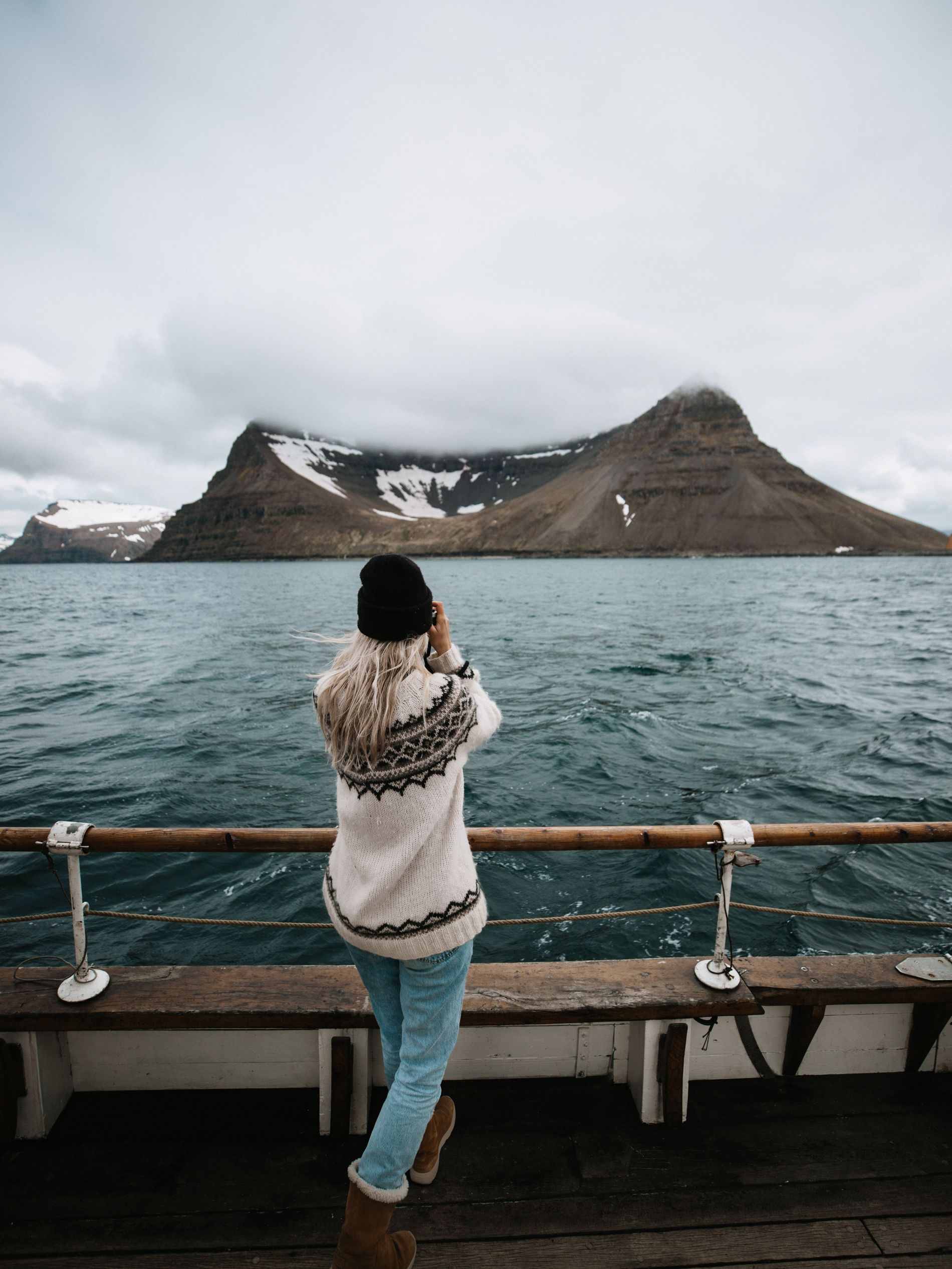
Photo: Ása Steinars
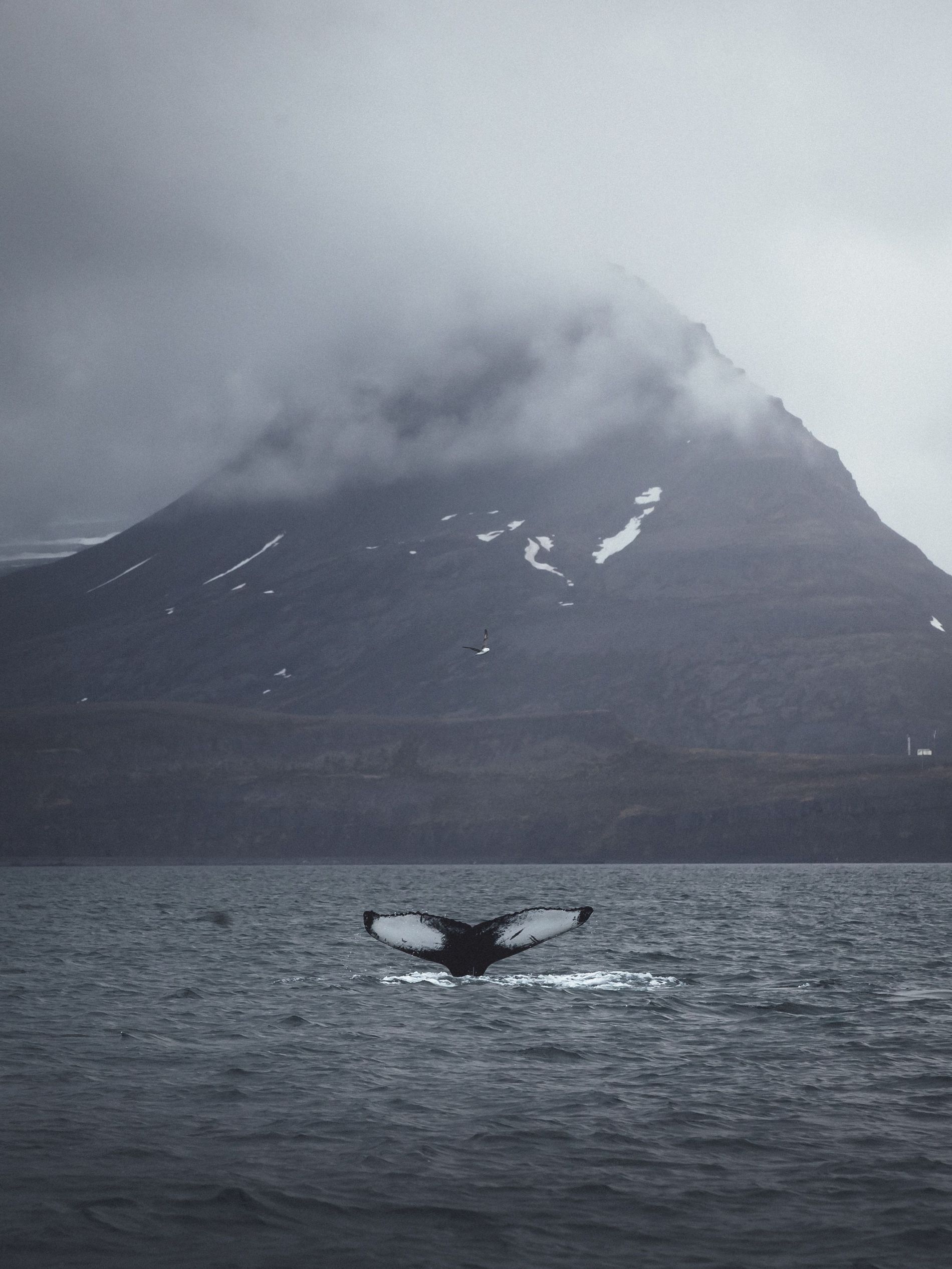
Photo: Ása Steinars
A day of sailing on Opal is a very unique experience that will take you back to the old days of seamanship. Onboard you’ll also find a marine biologist explaining all there is to know about whales and life in the oceans.
After a day on the ocean, unwind in the warm waters of the GeoSea spa. There you can treat yourself to some extreme relaxation with an infinity pool view over the Skjálfandi Bay — and if you're lucky, more whale sightings from the spa.
The season is May through September and a tour on the Opal costs around 80EUR.
